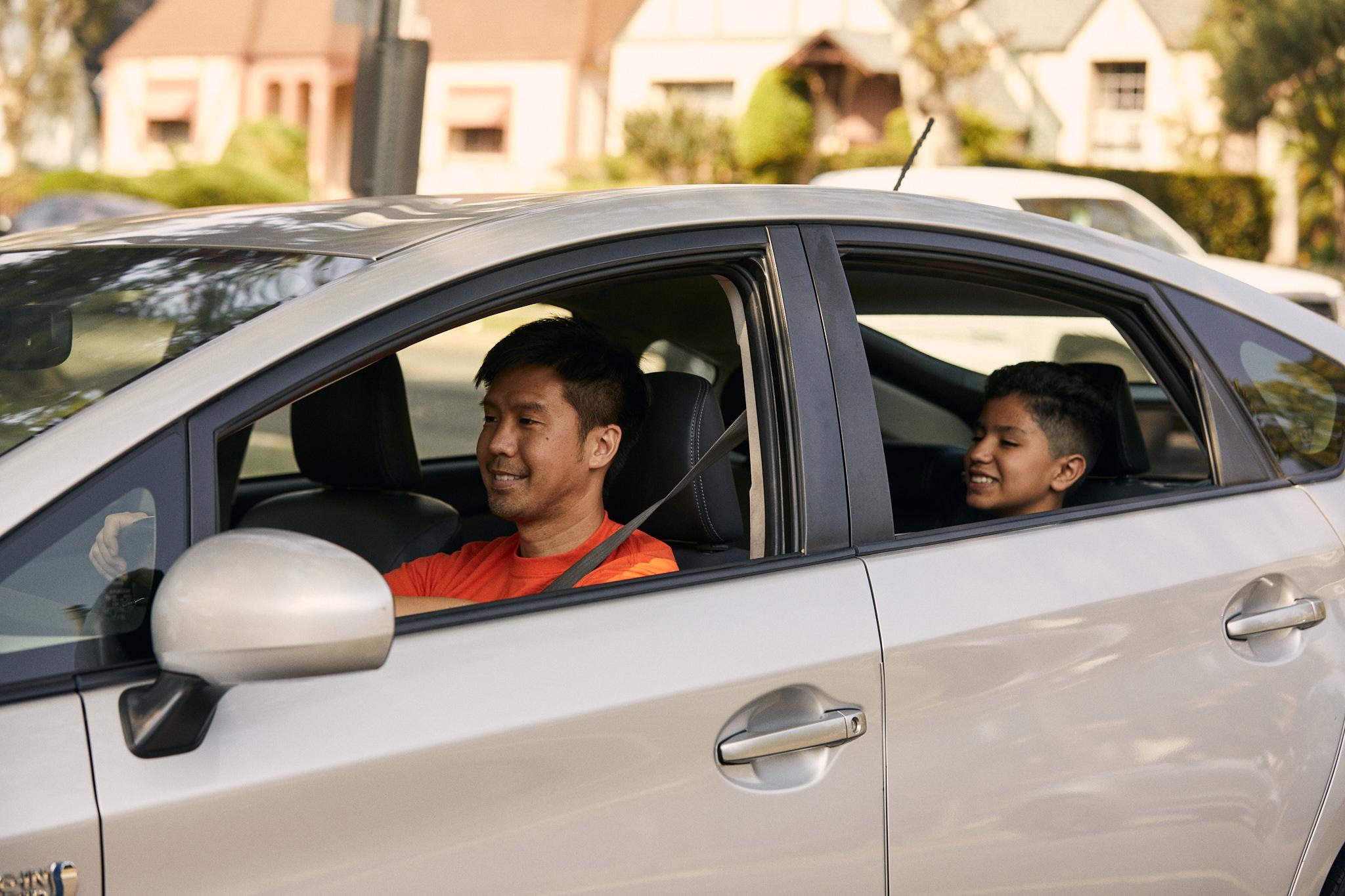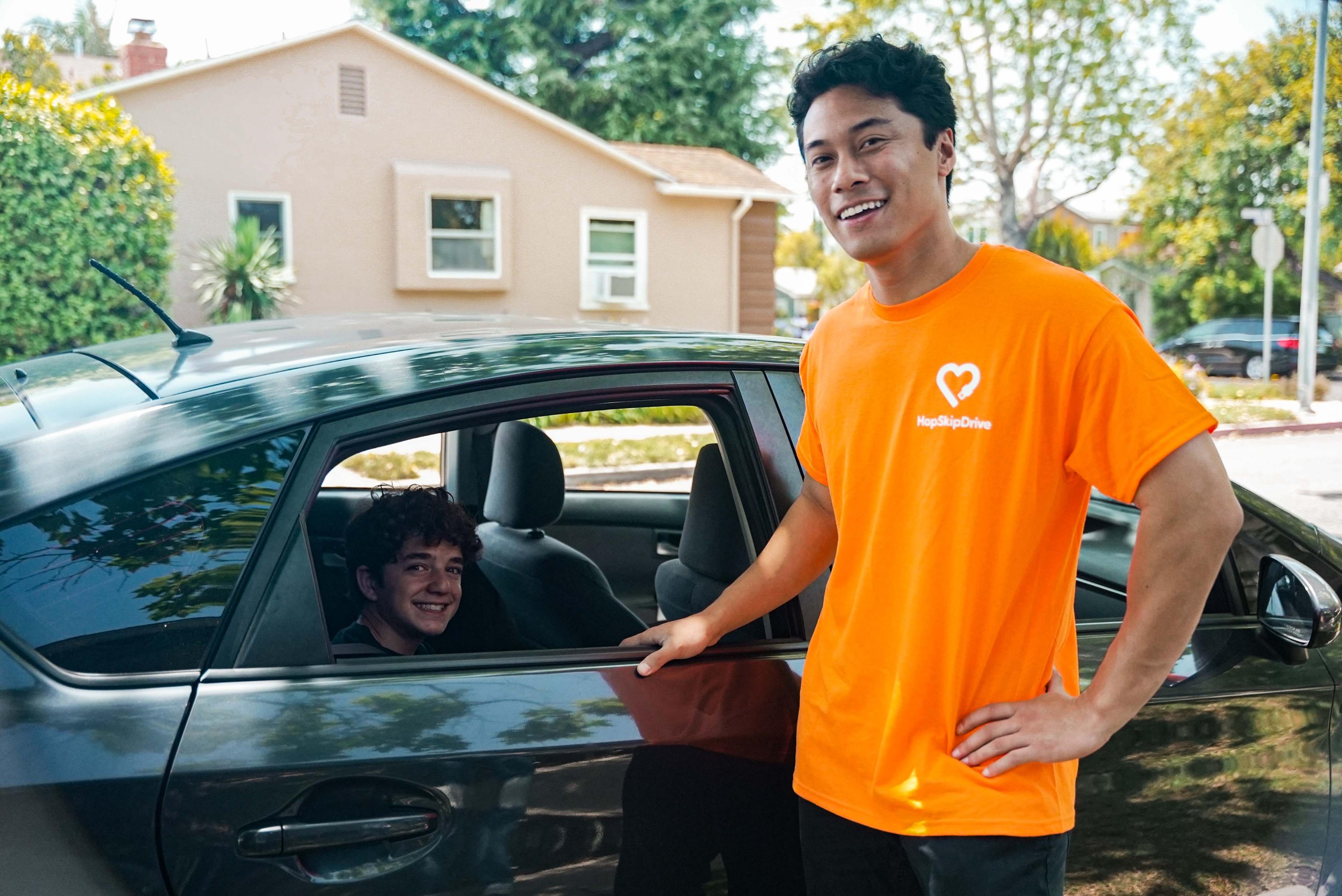As the 2025-2026 school year approaches, the landscape of student transportation continues to evolve. Several key trends will shape how students get to and from school. From an intensified focus on safety to innovative uses of technology and new approaches to transportation itself, here’s what school transportation professionals, administrators, and stakeholders in student success need to know.
Five School Transportation Trends You Should Know for the 2025-2026 School Year
Exploring Innovative Transportation Approaches
“More multimodal transportation” was first on our What to Expect in Student Transportation list for 2025.
Due to budget cuts, the school bus driver shortage, and transportation increasingly being viewed as not just a service department but a strategic part of the holistic education system, districts are looking beyond traditional yellow buses to find more flexible, efficient, and sustainable ways to transport students.
The concept of multimodal transportation continues to gain traction, allowing school districts greater flexibility and accessibility. By integrating various modes of transportation — traditional buses, public transit, vans, and supplemental transportation like small vehicles — districts can choose the most convenient and efficient options for their students’ individual needs.
Multimodal transportation offers greater flexibility for school districts. It can improve access to education for students in underserved areas with limited transportation options. School districts can create comprehensive transportation networks that cater to the diverse needs of their student populations.
An Intensified Commitment to Safety
Safety is of paramount importance to schools in general. The 2024-2025 school year saw much school safety-related legislation introduced to keep students safer. This will extend to school transportation, and in fact, our friends at School Bus Fleet listed school bus safety as a 2025 “Trend to Watch.” When they asked readers about their top transportation concerns in 2025, 17.6% said safety.
What will this look like in the world of school transportation?
Safety Standards on the Rise: Expect school districts to continue advancing safety standards, including calls for greater transparency and the increased adoption of cutting-edge safety technology.
Prioritizing Safety with Transportation Vendors: According to School Transportation News, school districts are increasingly diligent in vetting all transportation providers, ensuring they adhere to the highest safety standards and comply with all relevant regulations.
Empowering Communities Through Public Awareness: Initiatives to educate drivers and the broader community about crucial safety protocols around schools and buses will likely gain further traction. These campaigns play a vital role in creating a safer environment for students.
Safety is at the heart of everything we do here at HopSkipDrive. We release an annual Safety Report detailing our rigorous safety standards and history, consistently release new safety features, and, in keeping with an intensified commitment to safety, recently announced the launch of our Safety Advisory Council.
Leveraging the Power of Technology
Technology is rapidly transforming school transportation, making it more efficient, safer, and more conducive to learning.
School Bus Fleet reports that telematics (technology that combines telecommunications info with informatics, allowing specific vehicle data points to be tracked and analyzed) has moved from a “nice-to-have” to a “must-have” for school buses. This includes sophisticated GPS tracking for real-time location updates, comprehensive video monitoring systems to enhance security, proactive preventive maintenance schedules to keep buses running smoothly, and integrating AI-driven insights to optimize routes and identify potential issues before they arise. The implications on safety and efficiency of telematics will likely make it a “must-have” for any vehicle that transports students. HopSkipDrive uses telematics to ensure its CareDrivers are safer than the average driver.
Additionally, the trend of equipping school buses with Wi-Fi is expected to grow. This provides students valuable opportunities to utilize their commute time for schoolwork, especially benefiting those with limited internet access at home.
As technology advances, we can expect even greater integration of digital tools and resources into the school transportation experience.
Navigating Budget Constraints
School districts across the United States are grappling with budget shortfalls and cuts, a situation that is particularly challenging for low-income and urban areas. These cuts stem from various factors, including declining enrollment, the expiration of pandemic-era federal funding, and broader economic shifts.
Furthermore, proposed federal budget cuts — such as those related to the Education Department — could further exacerbate these financial pressures. Proposed cuts to K-12 spending would undoubtedly have a ripple effect on school transportation budgets nationwide. The consequences of these budget cuts can be significant, and the impact on school transportation can be direct, as seen with a Texas school district that slashed hundreds of bus driver jobs.
These budgetary constraints will likely force school districts to be even more creative and strategic in their transportation planning, potentially accelerating the adoption of cost-saving measures like transportation intelligence platforms (like RouteWise AI™) and the exploration of more efficient transportation models.
Meeting the Growing Need for Specialty Transportation
Beyond the general challenges, there’s a clear trend towards an increased need for specialty transportation services for students with diverse needs. This is a growing concern even for districts not facing significant budget cuts or dealing with a bus driver shortage.
Since 2020, HopSkipDrive data shows a 4,859% increase in rides on our platform for students eligible for transportation under the McKinney-Vento Homeless Assistance Act, and a 2,624% increase in rides for students served by IEPs.
This correlates with national trends. Student homelessness in the United States has significantly increased in recent years, with public schools identifying nearly 1.4 million students experiencing homelessness in the 2022-2023 school year, a 14% increase from the previous year. Similarly, the number of students in special education in the U.S. has been steadily increasing, reaching a record 7.5 million in 2022-2023, constituting 15% of public school students. This likely means students will require more tailored transportation experiences, ranging from an additional adult in the vehicle to lower stimulation environments.
HopSkipDrive recently announced an enhanced ability to meet the transportation needs of all students, enabling schools and school districts to seamlessly and directly book rides for students needing wheelchair-accessible vehicles, Rider Assistants, and car seats. Check it out here.
Access to Reliable, Safe School Transportation Is Key to Ensuring Student Success
There’s ample evidence showing the connection between transportation and student outcomes. School transportation officials play a huge role in ensuring all students can access education and opportunity via safe, reliable transportation.
Ready to start strategizing to ensure your school transportation strategy is ready for the challenges of the 2025-2026 school year?
Set up a chat with the HopSkipDrive team today!



